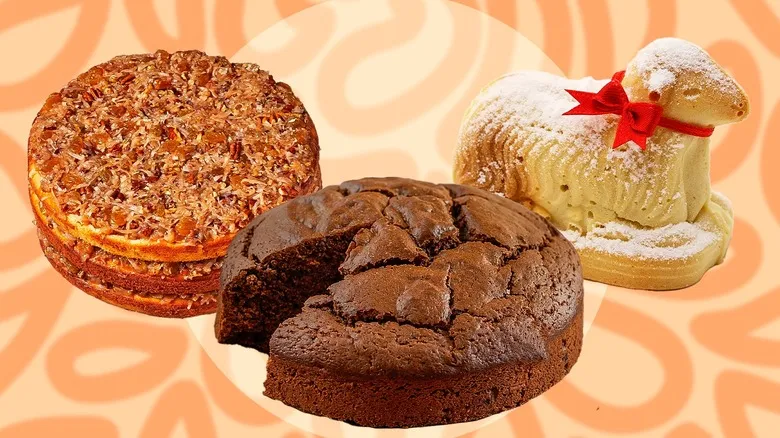1. Lady Baltimore cake

Lady Baltimore cake consists of two layers of white cake, elegantly topped with a light meringue or boiled frosting. The filling between the layers features a delightful combination of chopped nuts and dried fruit, and it remains quite popular in the southeastern United States.
The origins of this cake are somewhat unclear; food historians note that the first published recipe appeared in 1906. The cake's name is believed to be inspired either by the Lady Baltimore Tea Room in Charleston, South Carolina, or by a fictional character named Lady Baltimore from a novel set in Charleston. In this book, written by Owen Wister, the character created a cake that sparked considerable interest due to its enticing description, which made it sound incredibly rich and sweet. Unfortunately, the book did not include an actual recipe. However, the owners of the Lady Baltimore Tea Room had a similar cake that they would ship to customers, one of whom was reportedly Wister himself.
The cake itself is a soft and standard white cake—delicious, yet typical. Some recipes even suggest using a boxed mix. What truly distinguishes the Lady Baltimore cake is the luxurious frosting filled with nuts and fruit that lies between the layers of cake.
2. Tomato soup cake
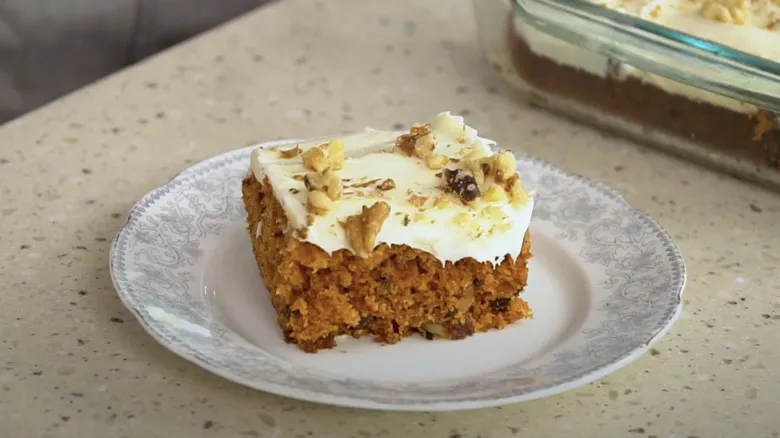
Tomato soup cake is a spiced cake made with condensed tomato soup. It originated in the 1920s or 1930s, created by an unknown chef, and served as an economical emergency cake that didn't require eggs. In the 1940s, the Campbell's Soup Company introduced its own variation, using the same tomato soup that Andy Warhol famously adored, initially as a steamed pudding and later as a spice cake. The cake gained popularity in the 1950s and 1960s with the rise of boxed cake mixes.
While it may sound unusual to include vegetable soup in a cake, it's not as strange as it seems. Batters made with shredded or puréed vegetables are commonly used in baking carrot and pumpkin cakes, so a cake made with tomato soup isn't a huge leap. Similar to carrot and pumpkin cakes, tomato soup cakes often featured cream cheese frosting starting in the 1970s, and there was even a fruitcake variation for the holiday season. The soup contributes both flavor and moisture, and some original recipes included toppings of nuts and raisins. You can still find older recipes that omit eggs, as well as those that incorporate them.
3. Vinegar cake or wacky cake
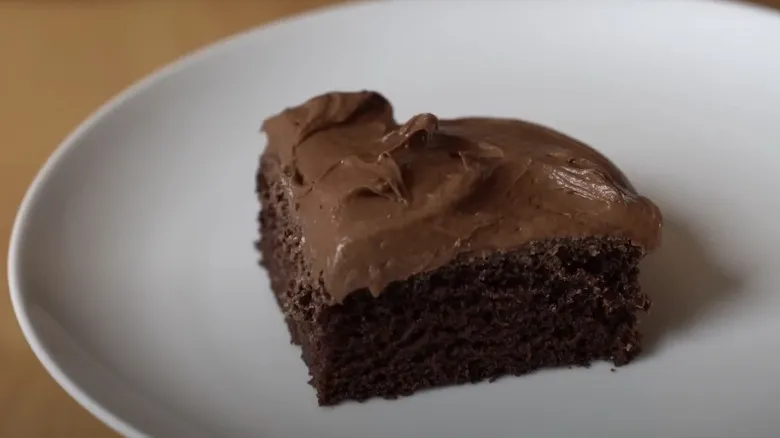
Vinegar cake, wacky cake, and Depression cake are all names for the same dessert: a cake made without dairy or eggs, utilizing vinegar and baking soda to create rise in the batter. This recipe dates back at least to World War II, when it provided a way for people to bake cakes despite ingredient rationing, such as butter. It has seen periodic resurgences as those who fondly remembered it from their childhood began to bake it for their own families. While wacky cakes are still featured in food blogs, they are rarely found in bakeries.
One notable feature of the original recipes is that the batter could be mixed directly in the pan. However, many people today prefer to mix the ingredients in a separate bowl, as combining them in a square pan can result in uneven mixing. Chocolate is a popular flavor, but variations like vanilla and others are also possible. Additionally, different recipes may call for varying amounts of vinegar.
4. Chintz cake
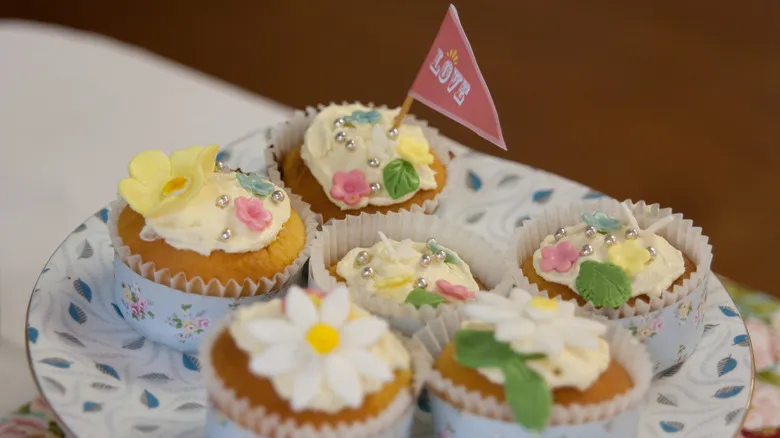
Chintz cake was developed by the Presto company to highlight its cake flour, essentially serving as a "back of the box" recipe. The cake itself is a simple yellow cake infused with grated orange zest and topped with an orange-flavored frosting. The term "chintz" refers to the cake's decoration, which mimics the floral patterns and smooth finish of chintz fabric using candies and nuts to resemble flowers.
Chintz cake exemplifies the numerous back-of-the-box recipes that have emerged over the years. These recipes were designed to promote a specific product and were intended to be both easy to prepare and delightful to eat. Many popular dishes, such as green bean casserole and Rice Krispies Treats, originated as back-of-the-box recipes. However, there are countless others that were perfected but have since fallen out of favor. If your family once enjoyed making certain back-of-the-box recipes but has since stopped, consider revisiting them and giving them another try.
5. Chocolate mayonnaise cake
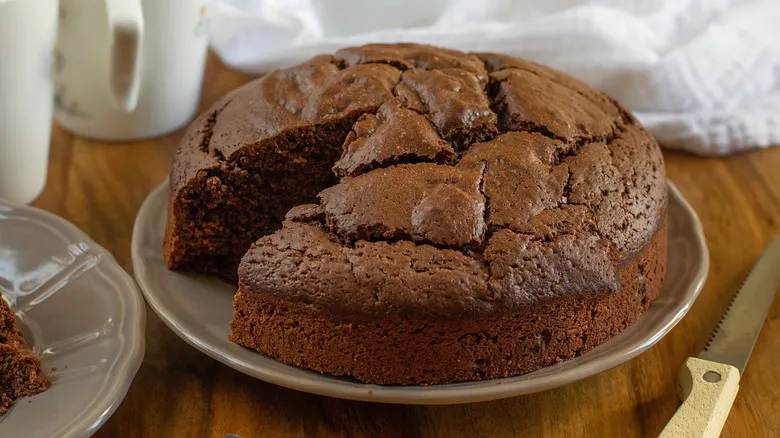
Those who dislike mayonnaise might be pleased to see this cake fade into obscurity, but for those open to the idea of incorporating mayo into a dessert, this recipe is a delight. Chocolate mayonnaise cake is precisely that: a chocolate cake that uses mayonnaise in the batter, substituting for eggs and oil. This unique ingredient results in a moist and decadent cake, with the chocolate flavor masking any hint of mayo.
The cake's history is somewhat unclear. One popular version from the 1950s was created in the 1930s by the wife of an employee at the Hellmann's mayonnaise company, but the concept of using mayonnaise in chocolate cake predates that. In fact, the earliest known printed recipe for chocolate mayonnaise cake dates back to 1927. Similar to wacky cake, this dessert gained popularity during World War II when rationing limited the availability of dairy products, explaining why so many people turned to these recipes.
6. Lane cake
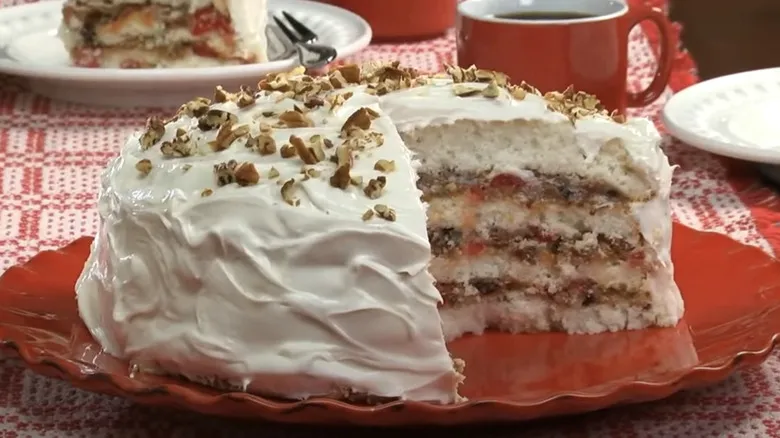
Lane cake is a delightful dessert that enjoys popularity in the South, though it is less common in other regions of the United States. This cake typically features three to four layers, all enveloped in a boiled frosting. The filling between the layers is a custard that originally included only raisins, but modern variations often incorporate nuts and shredded coconut. Additionally, it is generously infused with bourbon or brandy; depending on the recipe, you might need to add as much as 3 cups of alcohol.
The cake rose to national fame after being referenced in Harper Lee's "To Kill a Mockingbird" and appearing in various cookbooks. It has since become a favored holiday dessert, particularly linked to Georgia, Mississippi, and Alabama. The cake was created by Emma Rylander Lane, who drew inspiration from two existing cakes. One was the 1-2-3-4 cake, named for the ratio of butter, sugar, flour, and eggs it contains, with the key distinction that Lane cake uses egg whites instead of whole eggs. The filling was inspired by a custard used in the Minnehaha cake, a popular dessert from Minnesota in the 1870s.
7. Lazy daisy cake
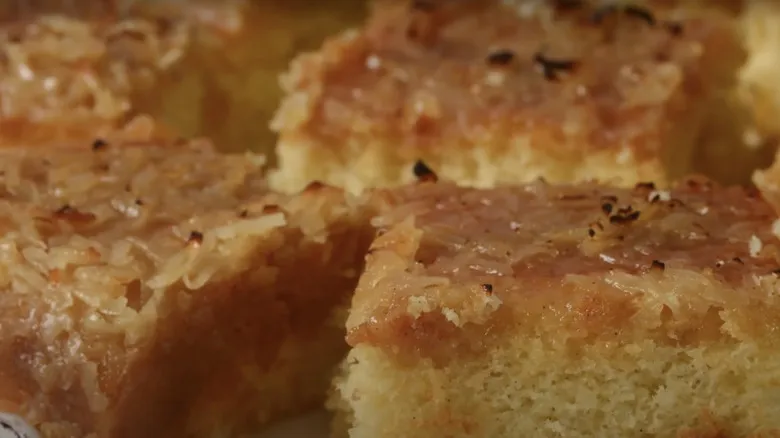
Lazy Daisy cake comes in several variations, including a straightforward snack cake topped with a sweet coconut and brown sugar frosting, a version that incorporates oatmeal into the batter, and others that feature fruit. The term "Lazy Daisy" highlights the ease of the frosting preparation, which involves mixing the ingredients, spreading it on the cake, and then briefly broiling it (not boiling) to achieve a toasted appearance. The oatmeal variations typically contain a generous amount of brown sugar in the cake batter.
This recipe first emerged in the 1930s, originally using old-fashioned rolled oats in the batter, and saw a revival in the 1960s with the introduction of quick oats. Designed for casual, everyday enjoyment, the recipe is generally uncomplicated, but the broiling process requires attention—it's easy for the topping to shift from caramelized to overly crispy in no time, so it's important to monitor the cake closely.
8. Funny cake
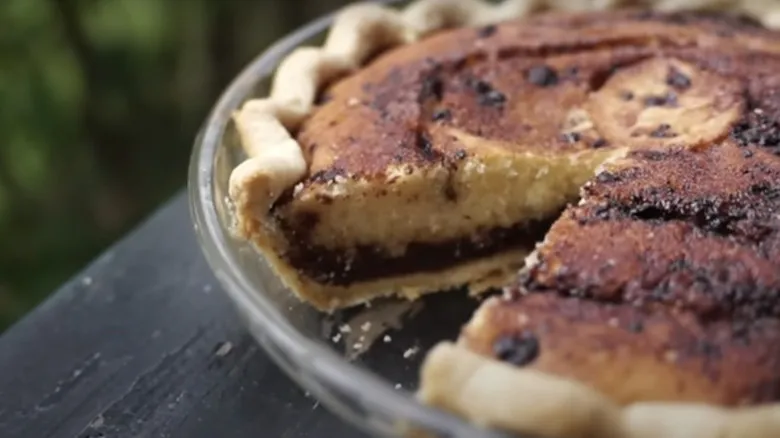
Funny cake is indeed amusing, as it’s essentially a pie made from cake batter. It’s an early iteration of those desserts where you layer ingredients in a pan, only to have them switch places during baking. What’s even more entertaining is the disagreement among people about which layer should be poured first, although many home bakers tend to pour the cake batter first.
In funny cake, a recipe from the Pennsylvania Dutch tradition, you start by pouring either chocolate or cake batter into a pie shell. Then, you add the remaining layer on top. The goal is for the cake to appear with a thick layer of cake atop a thin layer of chocolate. However, in recipes where the batter is poured first, the layers actually flip, causing the batter to rise while the chocolate sinks.
9. Pig pickin' cake

Pig pickin' cake is a beloved Southern dessert that remains popular in its region but is less common elsewhere. This delightful treat features a yellow layer cake topped with a frosting made from whipped topping, pudding, pecans, and pineapple. Sometimes, the cake batter includes mandarin orange segments. As suggested by its light frosting, this cake is traditionally enjoyed during the summer months.
The name itself hints at the cake's origins. It was a staple dessert at barbecues where whole pigs were served, likely originating in North Carolina. The concept was to enjoy the cake after picking meat off the pig. However, the exact year of its inception is unclear, as the cake may have developed from home recipes that incorporated canned ingredients. You can find various recipes for this cake, including versions with nuts or coconut, as well as the classic addition of vanilla.
10. Mary Poppins zodiac cake
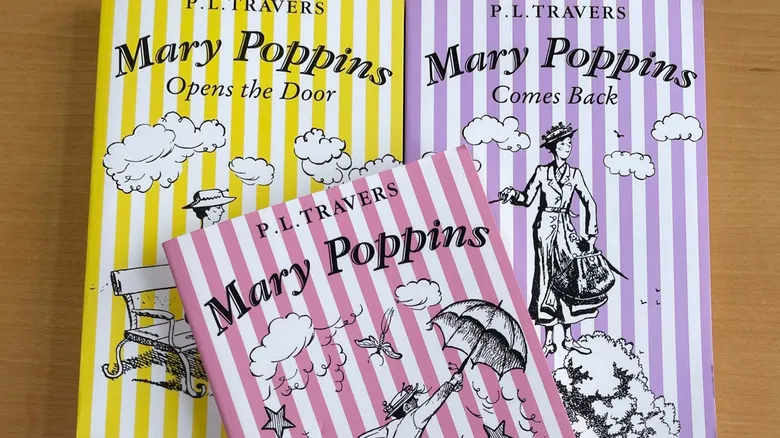
Some cakes have been overlooked, but if you’re not a fan of Mary Poppins, you may not have even known this cake existed. P. L. Travers, the author of the original Mary Poppins series, published a cookbook in 1975 titled "Mary Poppins in the Kitchen," featuring recipes inspired by the beloved character. The book is split into two parts: one tells a story about Poppins being asked to cook for the children while their parents and the cook are away for the weekend, and the other is the actual cookbook, which includes the "zodiac cake" along with several other recipes.
The zodiac cake is simply a single-layer snack cake with nuts mixed into the batter. In the book, it is adorned with silver stars, which is how it got its name. Online versions typically use stencils and silver-colored decorating sprinkles to replicate that look.
11. Jell-O poke cake
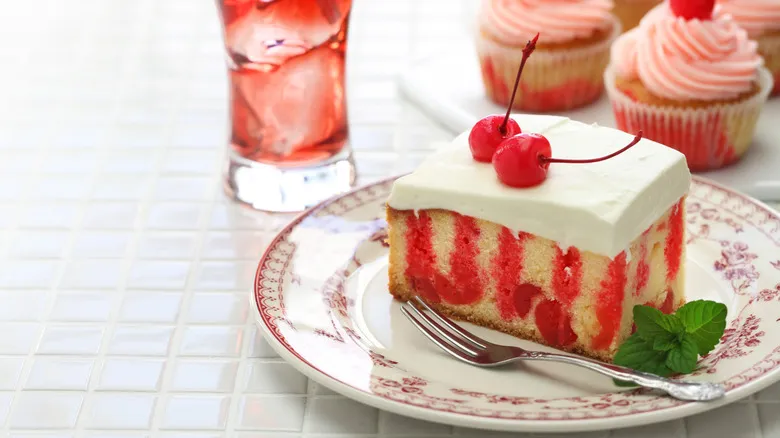
This nostalgic dessert made its debut in the 1970s as a single-layer white cake. The process involved poking holes in the top of the baked cake using a wooden spoon handle or chopstick, followed by pouring liquid Jell-O over it before topping it with whipped cream. The outcome was a flavored white cake adorned with vibrant streaks. You could choose any color and flavor of Jell-O, such as red and green for a festive Christmas treat.
While the cake never completely disappeared, it remained under the radar for many years until recently. A vlogger's enthusiastic video showcased his journey from skepticism about the recipe to delighting in the final product. It's truly one of the simplest cakes to prepare, as all you need is a white cake (whether store-bought or homemade) and a bit of care to ensure the holes don’t penetrate all the way through the cake.
12. Pinto bean cake

This recipe is a true test of faith. Cooked pinto beans, along with ingredients like cloves, raisins, apples, nuts, and various spices, are blended into a batter that includes the typical cake components. It may not seem like it should work, and the batter can sometimes resemble a thick, stretchy concoction. Yet, it does come together, and the end result is said to taste surprisingly delicious. If you're looking to increase your fiber intake, this could be a great option.
It's not entirely unexpected that this works. After all, chocolate black bean cakes have gained popularity over the years. This is simply a non-chocolate alternative using a lighter bean. The exact origins of pinto bean cake are unclear, but printed recipes have been around since at least the 1970s. It’s reasonable to think that this cake may have originated even earlier as a means to utilize leftover ingredients or to provide nourishment during challenging times.
13. Tunnel of fudge cake
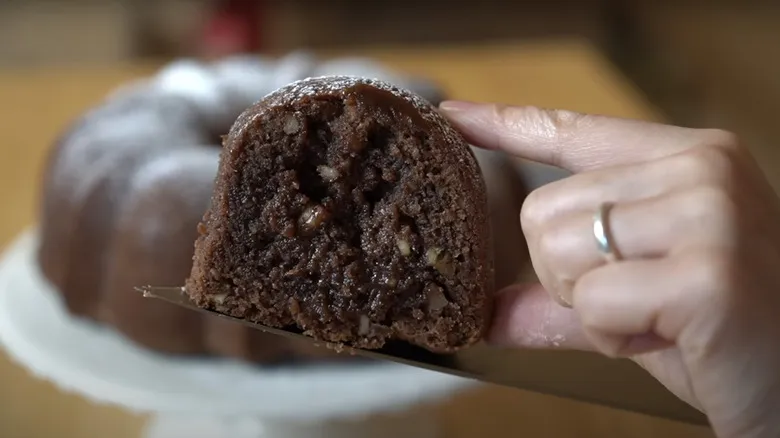
The Tunnel of Fudge Cake, baked in a Bundt pan, derives its name from the "tunnel" of rich fudge icing that forms in the center during baking. This cake secured second place in the 1966 Pillsbury Bake-Off, thanks to its creator, Mrs. Ella Rita Helfrich from Houston, Texas. Despite its runner-up status, the cake quickly gained popularity among Pillsbury customers, likely contributing to the widespread appeal of Bundt cakes in modern baking.
While Bundt cakes had existed for years, they didn't attract the same attention as traditional round layer cakes. However, the introduction of the Tunnel of Fudge Cake sparked a surge in Bundt pan sales. Pillsbury responded by developing boxed cake mixes specifically for Bundt pans and even licensed the pan's name from Nordic Ware. Although you can still make the cake today, some of the original mix ingredients are no longer available. Fortunately, substituting these ingredients at home is quite simple.
14. Mahogany cake
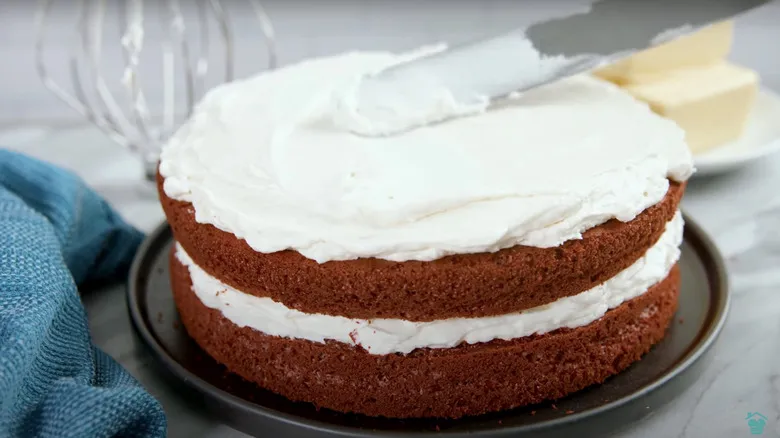
Mahogany cake holds a unique position in the world of baking. It is considered the earliest form of chocolate cake in the United States, originating in the late 1800s, and may also be one of the first iterations of red velvet cake. Mahogany cake belongs to a category of recipes known as velvet cakes, named for the combination of baking soda with vinegar or buttermilk that creates a soft, velvety texture. This mixture also alters the cocoa's color from brown to a reddish-brown hue. Traditionally, the cake was adorned with ermine frosting, a light and airy type of boiled-milk buttercream.
Over time, bakers began incorporating food coloring to enhance the cake's red interior, paving the way for the contemporary red velvet cake. Meanwhile, other bakers experimented with a version that utilized unsweetened baking chocolate instead of cocoa powder, resulting in the creation of devil's food cake.
15. Prune cake

Prune cake is a dessert that originated during difficult times. The Great Depression inspired a wave of creative culinary inventions, leading to the emergence of recipes for this cake in the 1930s. It continued to enjoy popularity well into the 1950s and 1960s. This cake features prunes and prune purée, resulting in a spiced cake topped with a boiled buttermilk glaze. Despite its unusual name, it’s surprisingly delicious. It also highlights the ingenuity people display when confronted with ingredient shortages and economic challenges.
You can find numerous variations online, including some family recipes and others promoted by prune companies. Most family recipes yield a simpler version, while one recipe from a prune company is designed as a layer cake. The addition of prunes and purée ensures that the cake batter is moist and rich.
16. Lamb cake
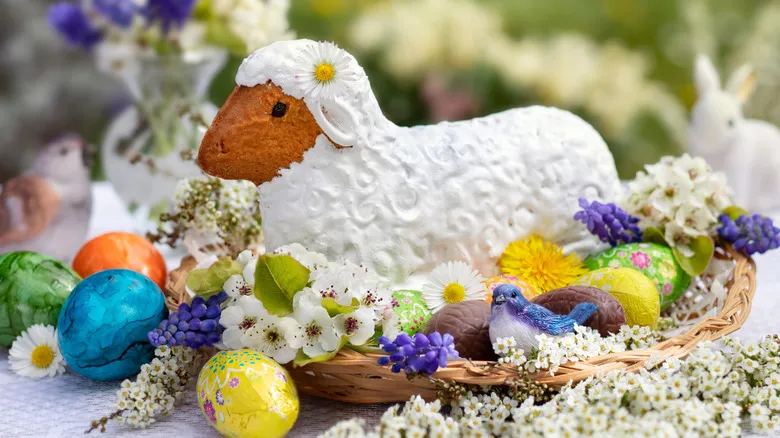
A lamb cake does not actually contain any lamb. Instead, it is designed to resemble one in both shape and decoration. This cake is traditionally associated with Easter and was quite popular during the early to mid-20th century, though it has since become more of a novelty in contemporary baking. The cake has its roots in various regions of Europe, and when it arrived in the United States, manufacturers created lamb-shaped molds specifically for this annual treat. The true joy of lamb cakes lies in their decoration, which can include marshmallows, candies, and swirls of frosting that mimic a lamb's fluffy coat—whatever you can imagine, there's likely a cake adorned with it.
One important safety consideration to keep in mind is that, even when using a mold, you must provide support for the head and neck of the lamb. This often requires the use of skewers and other supports baked into the cake. This is definitely not a cake you want to use in a food fight!
17. 7-Up cake
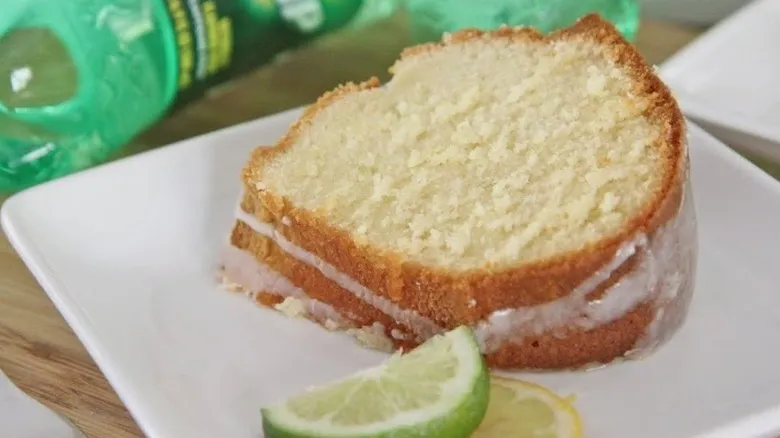
This recipe is 7-Up's take on a Coca-Cola or Dr. Pepper cake, utilizing the soda's carbonation to help the batter rise. Incorporating soda into your batter can result in extra fluffy cakes, a classic baking technique. For instance, adding seltzer to potato pancake batter creates a lighter texture in the final dish. The same principle applies to Coca-Cola cakes, with the only variation being the flavor. A 7-Up cake is a light pound cake infused with the refreshing lemon-lime taste of the soda.
The 7-Up company actually developed this recipe in the 1950s, and it is designed to be a Bundt cake, in contrast to the sheet cakes made with Coca-Cola and Dr. Pepper. Baking it can take some time (up to one hour and 20 minutes, as noted by the 7-Up company), but the delicious results have made this cake a favorite among those who have shared it on blogs and food websites.
Recommended
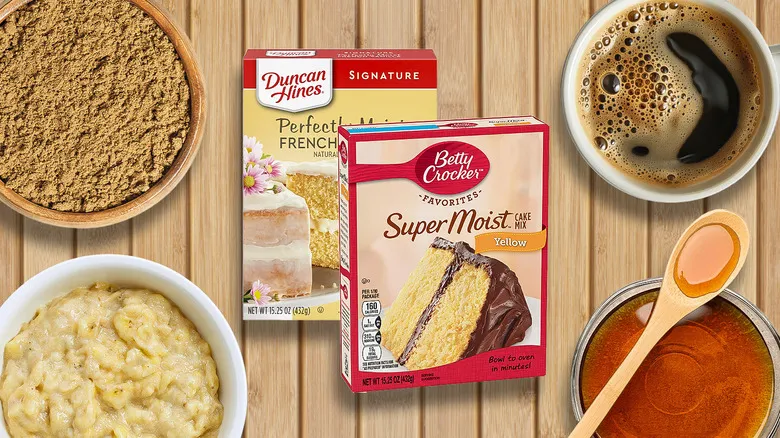
How To Make Boxed Cake Mix Taste Homemade With 13 Unique Ingredients
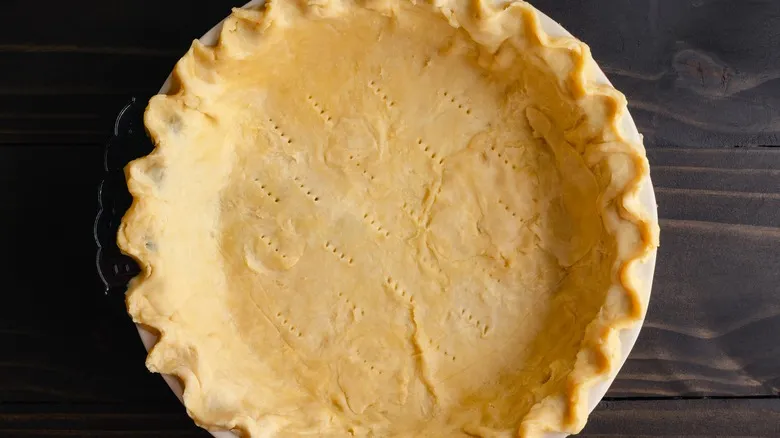
Why You Should Ice Your Countertops Before Making Pie Crust

This Little-Known French Dessert Was One Of Julia Child's Favorites
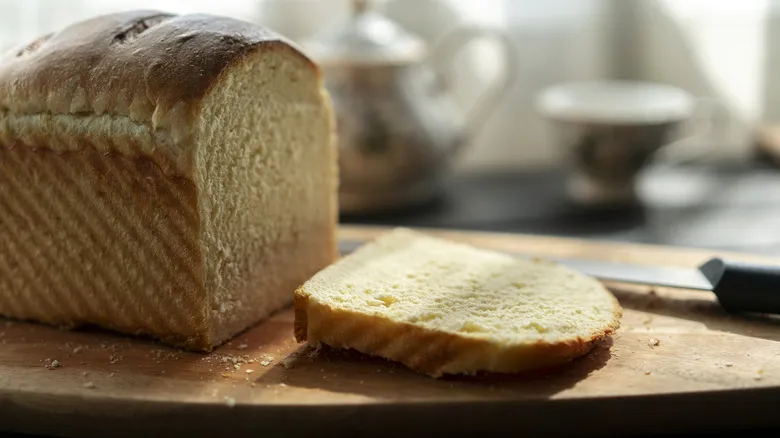
The #1 Expert Tip To Upgrade A Basic White Bread Recipe
Next up

